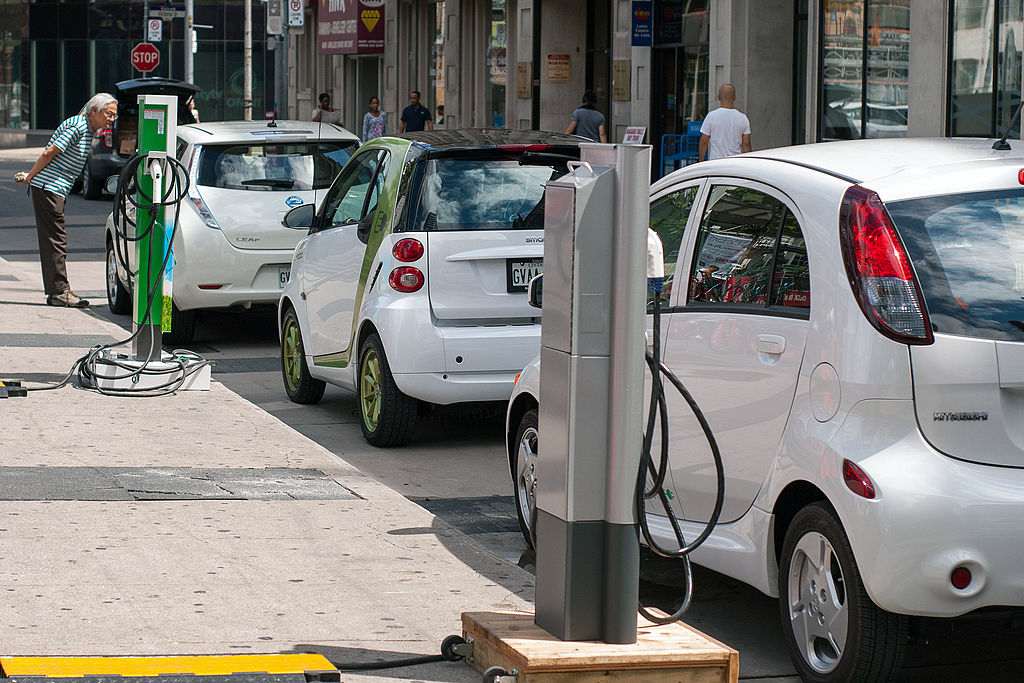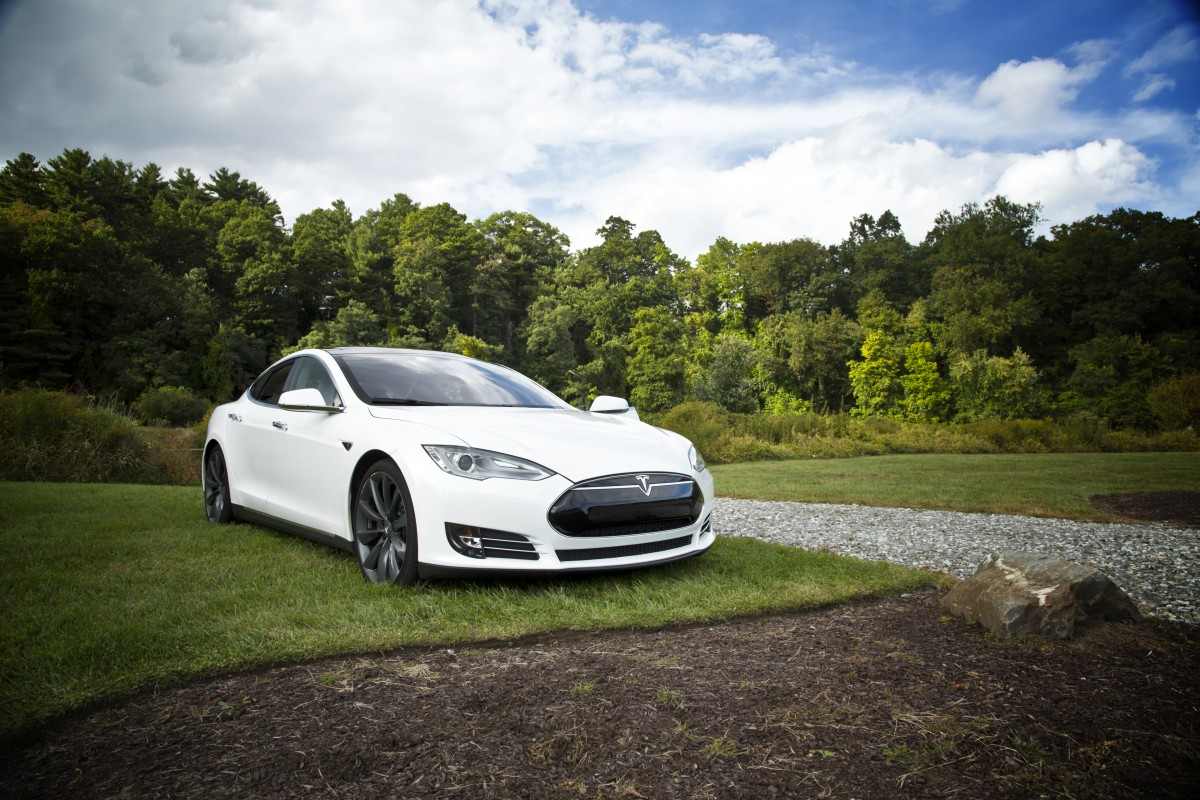Like the horses that gave way to the automobile more than a century ago, the internal combustion engine’s days may be numbered. Electric vehicles (EVs) are slowly but surely stealing market share from gas-powered cars with each passing year. If you are thinking of buying an electric car, you must know some basic things about these vehicles.
Contents
Buying an Electric Car? Learn These Basic Things
EVs have transformed from an oddity to a viable option for many drivers in just a few short years. If you’re considering an EV for your next vehicle, here’s what you need to know about these increasingly popular machines.
Types of electric cars
There are two variations of electric cars: battery electric vehicles (BEVs) and plug-in hybrids (PHEVs).
The most significant difference between the two is that BEVs run on electricity only while PHEVs run on electricity and gas.
How EVs are different from hybrid and gas-powered cars
When buying an electric car, you should consider its perks over hybrids and gasoline vehicles.
An electric vehicle gets power from an electric motor that draws electricity from a battery pack. The battery gets charged by plugging the car into an electrical outlet or charging station. EVs are sometimes called plug-in cars because their batteries are charged by plugging the vehicle into a charging station or outlet.
On the other hand, hybrids use a combination of gas and electricity, which means you’ll still need to visit the gas station from time to time. EVs run entirely on electricity. Gas-powered cars, contrastingly, have an internal combustion engine that runs on gasoline.
SEE MORE
How does EV charging work?
When the battery depletes, you need to plug the car into an electrical outlet. There are multiple ways to charge an EV, but all of them require a charging station — also called an EVSE (electric vehicle supply equipment).
A Level 1 (120V) charging outlet is the most common way to charge an EV at home. These systems use a 120-volt plug, just like your toaster or vacuum cleaner. But they supply more power than the standard household outlet, with a typical Level 1 charger providing 3 to 5 miles of range per hour of charging.
A Level 2 ( 240V) outlet can deliver up to eight times as much power as a Level 1 charger. Because it requires a particular installation and electrical equipment, it’s not something that you’ll typically install yourself.
There are also public stations where you can charge your EV while away from home. These vary in type and power rating.

Slow chargers (also called Level 1) provide 6 to 20 miles of range per hour of charging. They’re found at some EV parking spots, parking lots, and at some highway rest stops.
The best options are the ultra-fast charging stations that cut the charging time by directly supplying power to the battery.
Final Words
Electric cars cost less to run than gas-powered cars. Electric vehicles can go up to three times farther on a dollar’s worth of electricity than a conventional car can on a dollar’s worth of gasoline — which means that electric cars can save more money over time even though they might have higher sticker prices.



